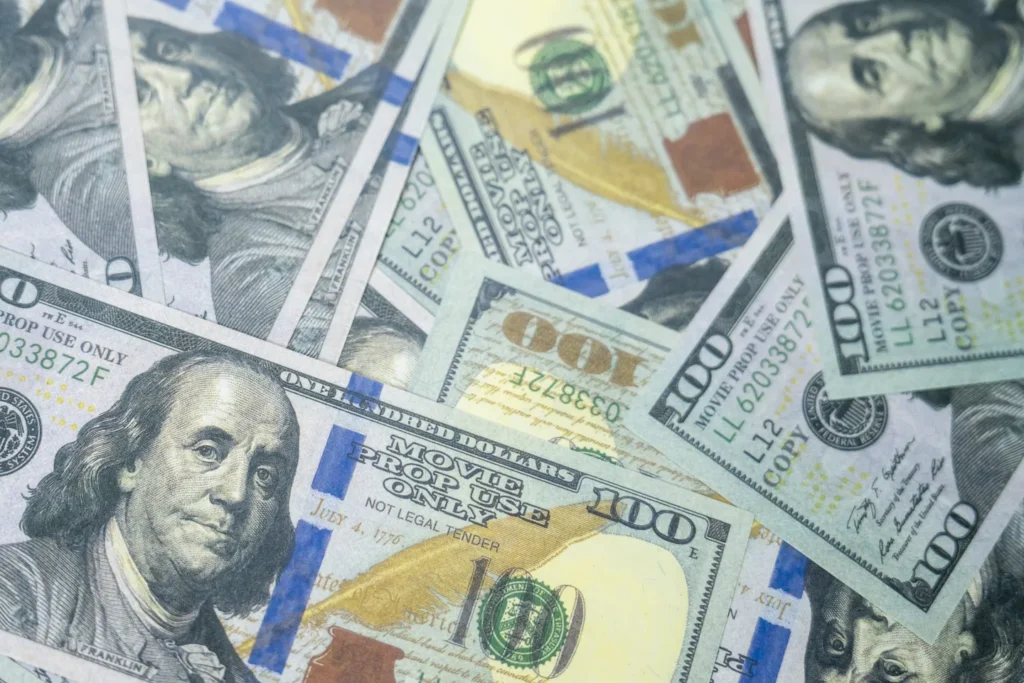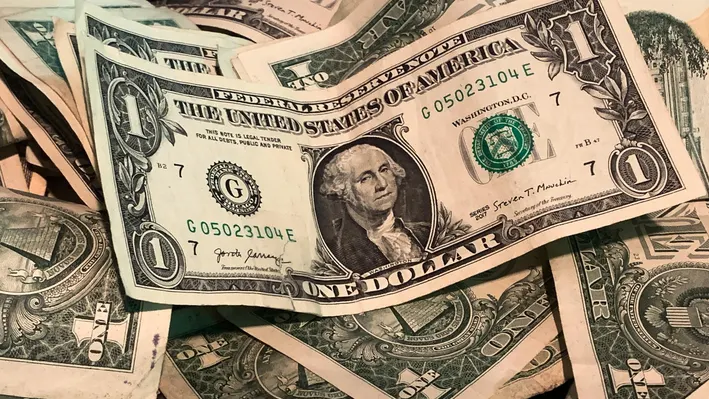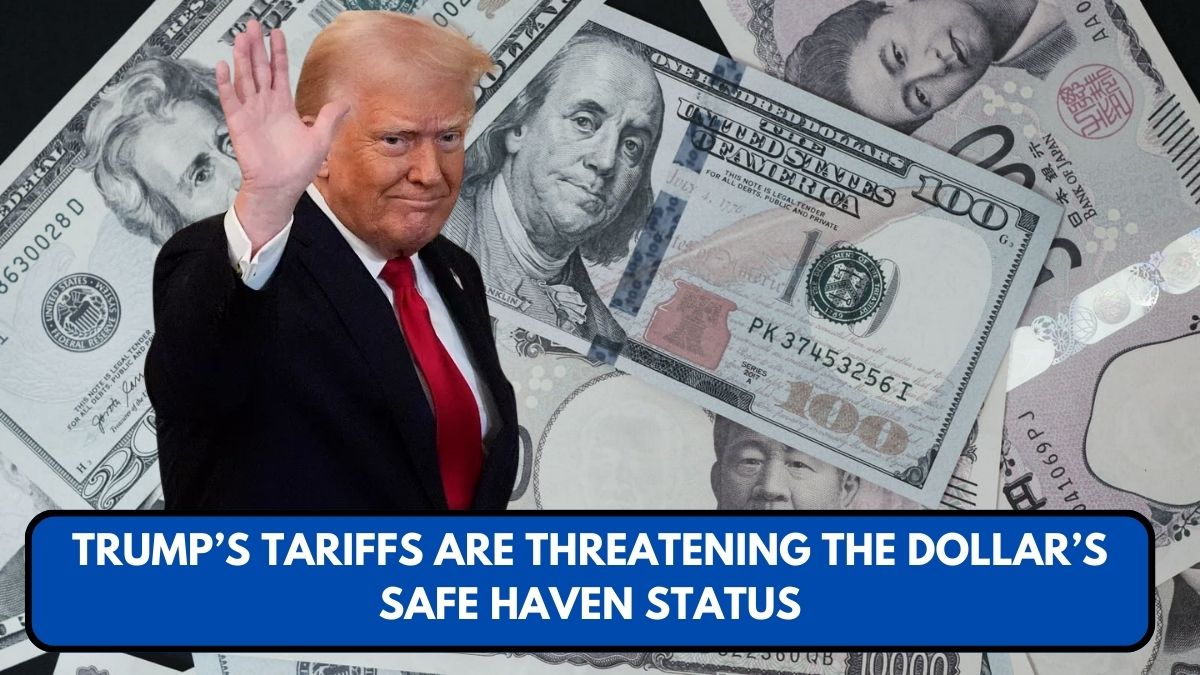In a dramatic turn for global markets, the U.S. dollar is losing its grip as the world’s safe-haven currency—a role it has long held in times of economic uncertainty.
The shift comes in the wake of President Donald Trump’s aggressive rollout of new tariffs, which have triggered widespread concerns about the predictability of U.S. economic policy and long-term fiscal stability.
Tariffs Undermine Global Confidence
President Trump’s surprise tariff announcements—targeting countries across Europe, Asia, and North America—have rattled markets and eroded investor trust.
Despite a partial rollback that excludes China for a temporary 90-day suspension, the damage appears to be done.
According to Reuters, the U.S. dollar has plunged to a 10-year low against the Swiss franc and a three-year low against the euro.

More alarmingly, U.S. Treasury yields have posted their biggest weekly spike since 1982, suggesting a major reassessment of the country’s credit risk.
“The Damage Is Done”
As The Guardian reported, financial analysts now worry the dollar may no longer be perceived as the ultimate store of value in times of crisis.
The volatility introduced by abrupt policy changes has spurred a rare simultaneous sell-off in U.S. equities, Treasury bonds, and the dollar itself—indicators of deep investor unease.
How Investors Are Reacting
With the dollar’s future uncertain, investors are shifting strategies to hedge against continued volatility and potential devaluation. Here’s how portfolios are being adjusted:
1. Diversifying into Foreign and Global Assets
Experts are recommending investors look to international stocks and bonds, especially those from countries with stable political environments. According to Investopedia, investing in companies that earn revenues in stronger currencies like the euro or yen can reduce exposure to a weakening dollar.
2. Rising Demand for Gold
Gold prices have surged near record highs, with the precious metal trading around $2,935 per ounce. As reported by the Hindustan Times, gold is once again proving to be a reliable hedge in times of currency turbulence.
3. Exploring Emerging Markets
Historically, a declining U.S. dollar has boosted emerging market equities. The Capital Group notes that lower borrowing costs and higher commodity prices create a favorable environment for these markets.
4. Currency Diversification
As uncertainty around the dollar continues, portfolio managers are also recommending exposure to currencies like the Swiss franc and Japanese yen, traditionally seen as alternative safe havens during economic stress.
Policy Impact and Broader Economic Implications
The broader consequences of President Trump’s trade policies may reverberate through the global financial system for years to come.

According to economic analysts, a continued loss of confidence in the dollar could eventually challenge its dominance as the world’s reserve currency.
That would have wide-ranging implications—not just for investors, but also for U.S. borrowing costs, import prices, and overall geopolitical influence.
Final Thoughts: Stay Diversified, Stay Vigilant
While it’s too soon to say whether the dollar will permanently lose its safe-haven status, the current market reaction signals deep concern.
Investors should carefully consider diversification strategies that minimize exposure to U.S. policy shifts and currency risks.
In times of economic uncertainty, a well-balanced and globally diversified portfolio remains the most reliable path to long-term financial resilience.
This article has been carefully fact-checked by our editorial team to ensure accuracy and eliminate any misleading information. We are committed to maintaining the highest standards of integrity in our content.

Filza specializes in simplifying financial topics for everyday readers. Whether breaking down Canada’s tax guides or U.S. benefits like SNAP and VA Disability, Filza’s relatable writing style ensures readers feel confident and informed. Follow her insights on LinkedIn or reach out via email at [email protected].




